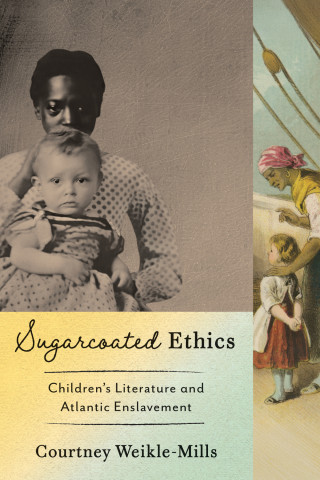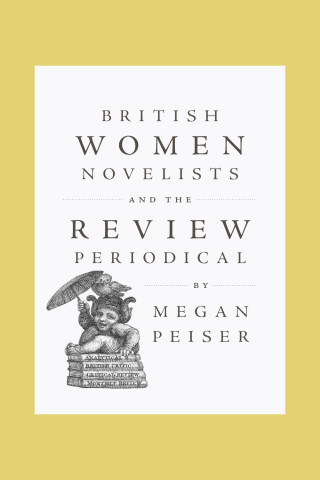
Reviews
Recommended.
A detailed and persuasive account of antebellum interpretive standards and practices.
Those working on histories of reading and literacy or antebellum cultural history willl find this meticulously researched study a welcome contribution.
[An] impressive book.
An important book that fills significant gaps in literary and historical scholarship on the reading, reception, publishing, and interpretation of antebellum fiction.
Book Details
Preface
Part I: Reading Reading Historically
1. Historical Hermeneutics, Reception Theory, and the Social Conditions of Reading in Antebellum America
2. Interpretive Strategies and Informed Reading in
Preface
Part I: Reading Reading Historically
1. Historical Hermeneutics, Reception Theory, and the Social Conditions of Reading in Antebellum America
2. Interpretive Strategies and Informed Reading in the Antebellum Public Sphere
Part II: Contextual Receptions, Reading Experiences, and Patterns of Response: Four Case Studies
3. "These Days of Double Dealing": Informed Response, Reader Appropriation, and the Tales of Poe
4. Multiple Audiences and Melville's Fiction: Receptions, Recoveries, and Regressions
5. Response as (Re)Construction: The Reception of Catharine Sedgwick's Novels
6. Mercurial Readings: The Making and Unmaking of Caroline Chesebro'
Conclusion: American Literary History and the Historical Study of Interpretive Practices
Notes
Index





